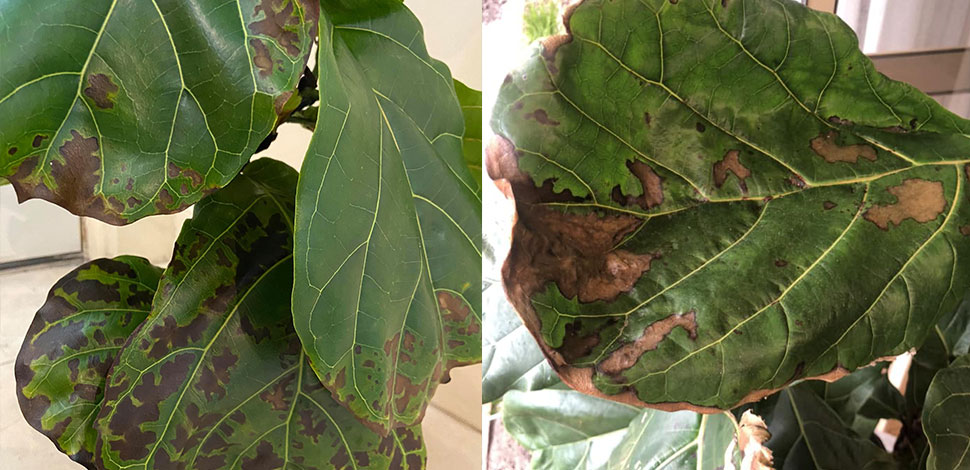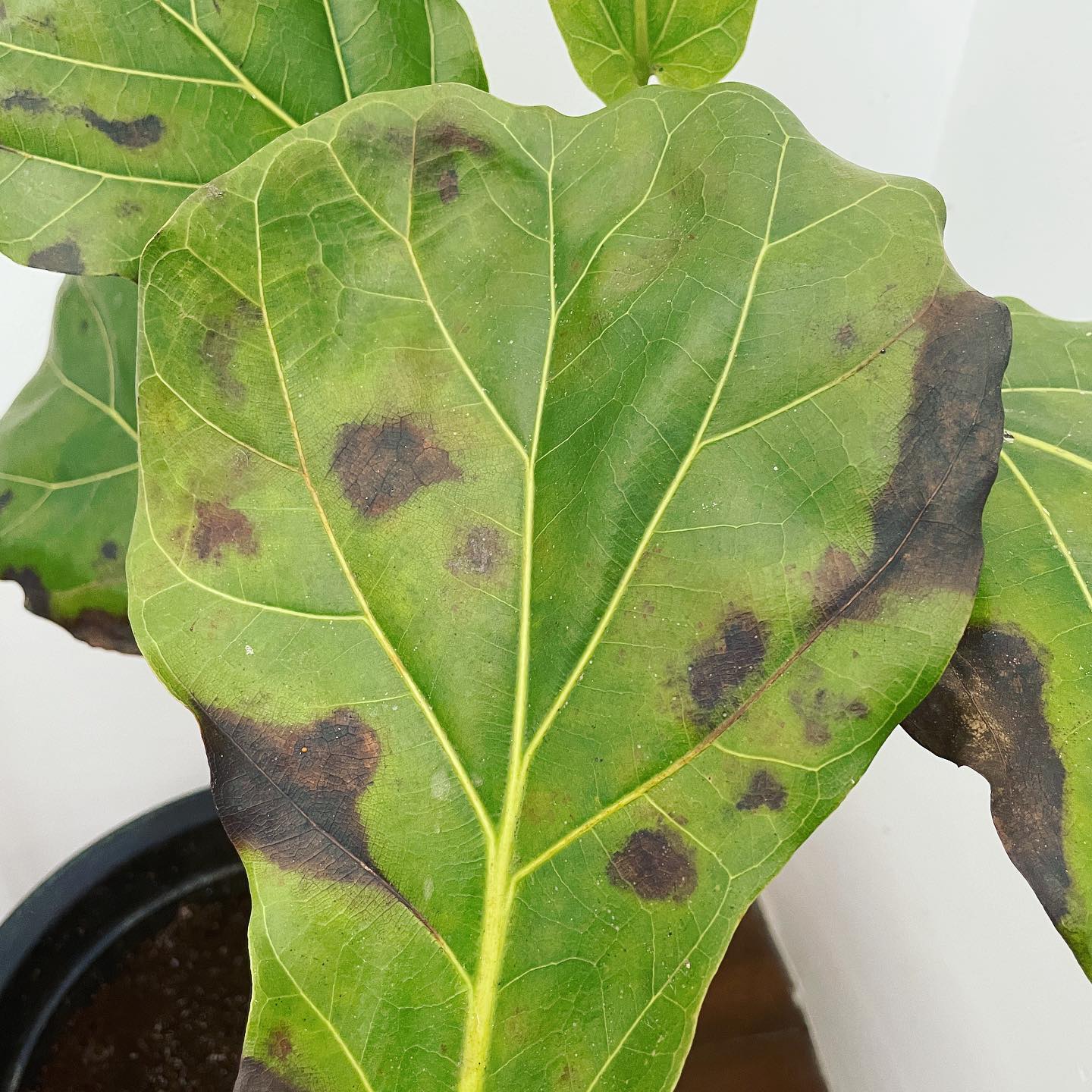1. Understanding the Watering Needs of a Fiddle Leaf Fig Tree
Before we delve into the effects of overwatering, it’s essential to understand the natural watering requirements of a fiddle leaf fig tree. These plants are native to tropical rainforests, where they receive regular but not excessive rainfall. They prefer a consistent watering schedule that allows the soil to dry out slightly between watering sessions.
2. The Dangers of Overwatering
When you overwater your fiddle leaf fig tree, its root system is at risk of being constantly submerged in water. This excessive moisture can lead to several problems:
2.1 Root Rot and Fungal Infections
Root rot is one of the most severe consequences of overwatering. The excess water creates a perfect environment for fungi to thrive, causing the roots to rot. As the roots decay, they lose their ability to absorb water and nutrients, leading to a cascading effect on the overall health of the plant.
2.2 Yellowing Leaves and Leaf Drop
Overwatering can lead to yellowing leaves, which is a sign of stress in a fiddle leaf fig tree. The roots suffocate in waterlogged soil, and as a result, the leaves can become yellow, limp, and eventually fall off the plant.
2.3 Stunted Growth and Wilting
Too much water can disrupt the delicate balance of oxygen and water in the soil, depriving the roots of much-needed oxygen. This lack of oxygen can lead to wilting and stunted growth in your fiddle leaf fig tree.

3. How to Identify Overwatering
Recognizing the signs of overwatering is crucial for saving your fiddle leaf fig tree. Here are some indicators that your plant might be suffering from excess water:
3.1 Soggy Soil and Foul Smell
If the soil feels constantly wet and emits a foul smell, it’s a clear sign of overwatering. Healthy soil should be moist but not soggy.
3.2 Mold or Mildew Growth
Excessive moisture promotes the growth of mold and mildew on the soil surface. If you notice any fungal growth, it’s a red flag for overwatering.
3.3 Drooping or Yellowing Leaves
As mentioned earlier, yellowing and drooping leaves are common signs of overwatering in fiddle leaf fig trees.

4. How to Save an Overwatered Fiddle Leaf Fig Tree
If you suspect that you have overwatered your fiddle leaf fig tree, here are steps you can take to save it:
4.1 Stop Watering
Allow the soil to dry out by reducing or stopping watering until the top few inches of the soil are dry to the touch.
4.2 Check the Roots
Gently remove the plant from its pot to inspect the roots. Trim any rotten or damaged roots and repot the plant in fresh, well-draining soil.
4.3 Improve Drainage
Ensure that the pot has drainage holes to prevent water from accumulating at the bottom.
4.4 Adjust Watering Schedule
Create a consistent watering schedule based on the specific needs of your fiddle leaf fig tree and the environment it’s in.
FAQs
1. How often should I water my fiddle leaf fig tree?
The frequency of watering depends on various factors such as humidity, temperature, and the size of the plant. In general, water your fiddle leaf fig tree when the top few inches of the soil feel dry to the touch.
2. Can I save my overwatered fiddle leaf fig tree?
Yes, you can save your overwatered fiddle leaf fig tree by adjusting your watering practices and repotting it in well-draining soil.
3. Should I mist my fiddle leaf fig tree?
Misting is not necessary for fiddle leaf fig trees. Instead, focus on providing consistent and appropriate watering.
4. Can I use a moisture meter to determine when to water my plant?
While moisture meters can be helpful tools, it’s also essential to learn to gauge the moisture level of the soil by touch to avoid overwatering.
5. Is it better to underwater or overwater a fiddle leaf fig tree?
It’s generally safer to slightly underwater than to overwater. Fiddle leaf fig trees can tolerate slight drought better than constantly waterlogged soil.







0 Comments